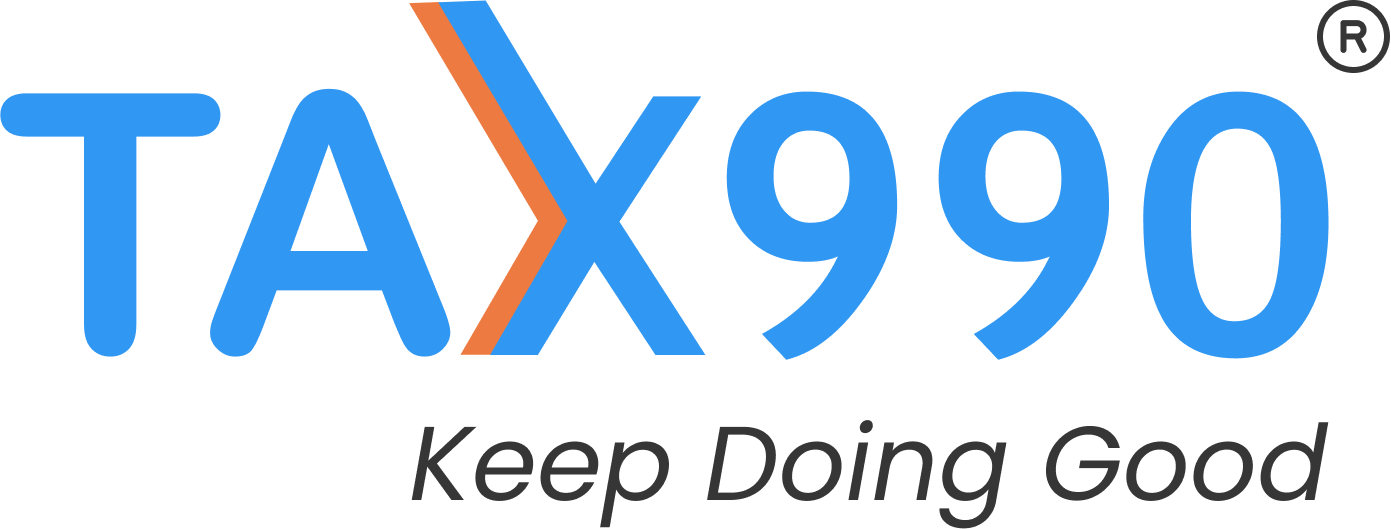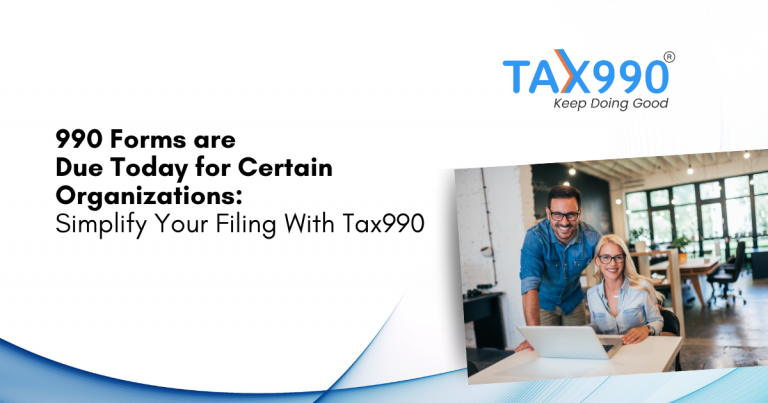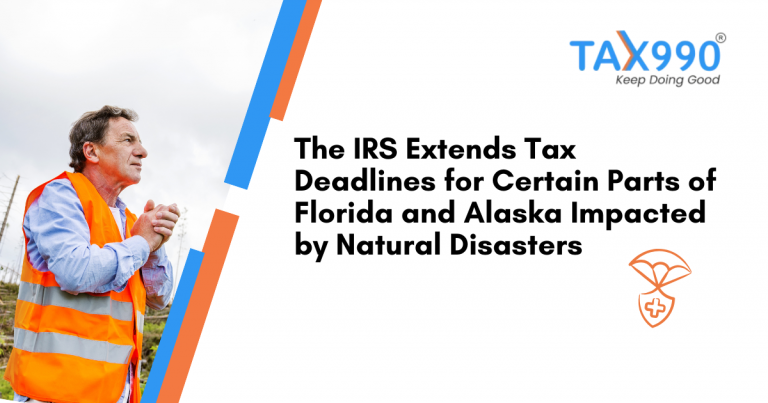Estimated reading time: 14 minute(s)
Nonprofit organizations juggle many responsibilities to ensure smooth operations and financial health. Filing IRS Form 990 is a critical part of this, as it ensures compliance with IRS regulations. When it comes to filing the 990 series return or understanding IRS processes, Tax990 is here to assist you every step of the way.
While you may occasionally need to contact the IRS directly for specific issues, Tax990 can help clarify some of the most common questions nonprofits face.
Which IRS Form 990 Should My Organization File?
The IRS 990 series return is filed annually by nonprofit organizations to report financial activities. The type of form you file depends on your organization’s financial and exempt status:
- Form 990-N: For organizations with gross receipts of $50,000 or less.
- Form 990-EZ: For organizations with gross receipts under $200,000 and total assets under $500,000.
- Form 990: For organizations with gross receipts of $200,000 or more, or total assets of $500,000 or more.
- Form 990-PF: Required for private foundations, regardless of financial status.
Organizations can opt to file a larger form but cannot file a smaller one. For example, if you qualify for the 990-N, you may choose to file the 990-EZ, but not vice versa.
What is a Group Exemption Number?
A Group Exemption Number (GEN) is assigned by the IRS to a central organization, allowing its affiliated organizations to share tax-exempt status. This means that individual affiliates don’t need to apply for exemption separately.
Even with a group exemption, each organization within the group—including the central one—must still file a 990 series return annually.
If your organization is part of a group, we recommend confirming your group status with either the IRS or your parent organization before filing.
What Happens if You File Form 990 Late?
Failing to file Form 990 on time may result in penalties unless you can show reasonable cause. The penalties are as follows:
- $20/day for small organizations ($105/day for larger ones).
- The penalty can reach up to $10,500 (or 5% of gross receipts).
- For large organizations with receipts over $1,084,000, the maximum penalty is $54,200.
While Tax990 cannot calculate your penalties, we do offer the option to include a reasonable cause explanation with your filing.
How Do I Determine Applicable Schedules for My Return?
Tax990 supports 15 different schedules, which are automatically generated based on the data you provide. Here’s a quick overview of some key schedules:
- Schedule A: Public charity status and support details.
- Schedule B: Contributions over $5,000.
- Schedule C: Political campaign or lobbying activities.
- Schedule D: Supplemental financial info (e.g., art collections, endowments).
- Schedule F: Overseas activities.
- Schedule G: Fundraising events and gaming activities.
For a full list, visit our webinar on 990 schedules at Tax990.com/webinars.
Record Retention for Tax Purposes
Nonprofits should retain records that support income, deductions, or credits for three years from the filing date. Additionally, important documents like determination letters, articles of incorporation, and board minutes should be kept permanently.
Employment tax records should be retained for four years.
Finding Your Tax-Exempt Status
Your tax-exempt status is indicated in the determination letter provided by the IRS. This letter also specifies which 990 form you should file annually. If you’ve misplaced your letter, contact the IRS or use their electronic database to verify your status.
Reinstating Tax-Exempt Status if Revoked
If your organization fails to file for three consecutive years, the IRS may automatically revoke your tax-exempt status. To reinstate it, you’ll need to file Form 1023, 1024, or 1024-A within 15 months of revocation, along with a statement explaining why the returns were missed.
While Tax990 does not assist with the reinstatement process, we can help you file for the current and two prior years if required by the IRS.
Can I Use My Parent Organization’s EIN?
No, each organization must use its own Employer Identification Number (EIN). If your nonprofit doesn’t have an EIN, you can apply for one using IRS Form SS-4. Filing with the wrong EIN can result in a rejected return.
Filing Group Returns for Subordinate Organizations
If your organization is part of a group exemption, you can file a group return for your subordinate organizations. However, subordinates may choose to file separately, using their own EIN. The central organization cannot use its EIN for these filings.
By understanding the key aspects of the IRS 990 series forms and the processes involved, your nonprofit can stay compliant and focused on achieving its mission. For more guidance or to file your Form 990, visit Tax990.com.
Stay tuned for our next blog post coming next week, where we’ll cover more frequently asked questions about nonprofit tax filing and compliance!
Start Filing Now With Tax990!
By understanding the key aspects of the IRS 990 series forms and the processes involved, your nonprofit can stay compliant and focused on achieving its mission. For more guidance or to file your Form 990, visit Tax990.com.
Stay tuned for our next blog post coming next week, where we’ll cover more frequently asked questions about nonprofit tax filing and compliance!




Leave a Comment